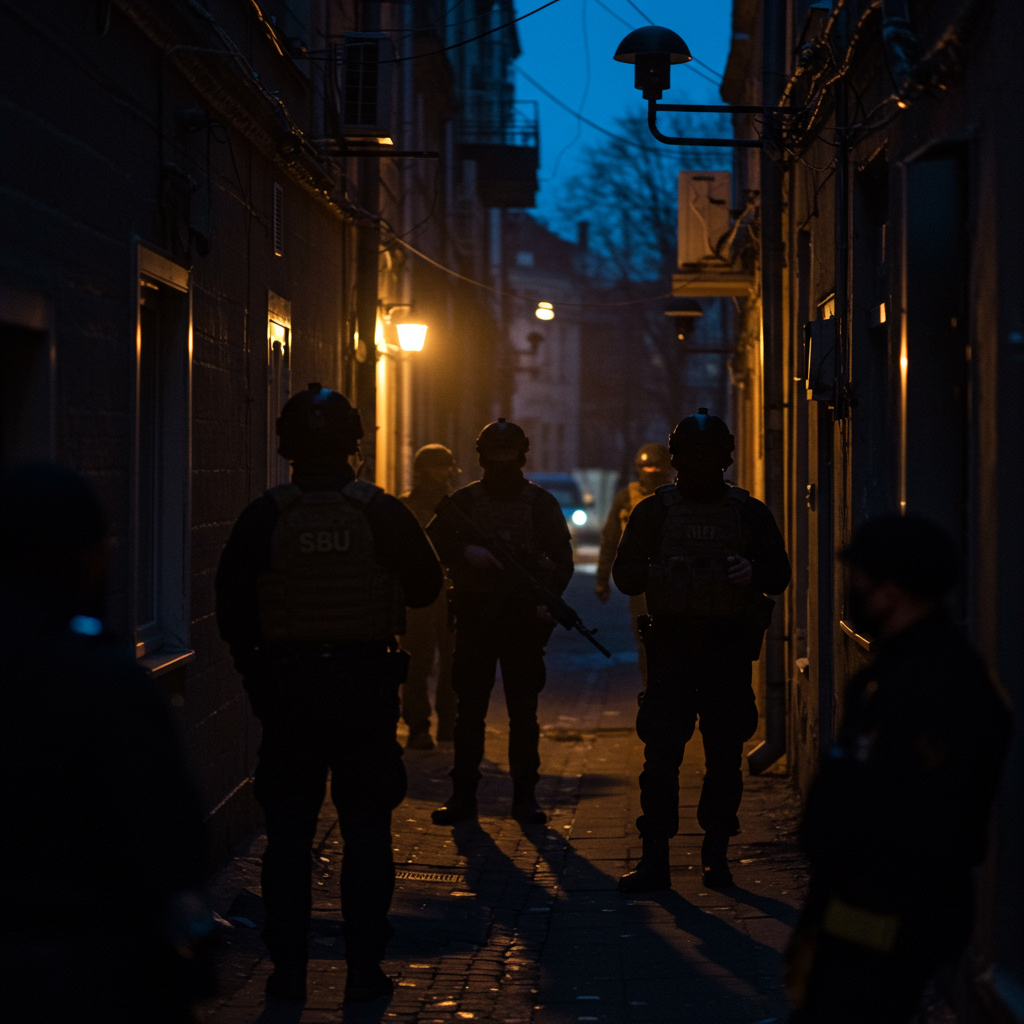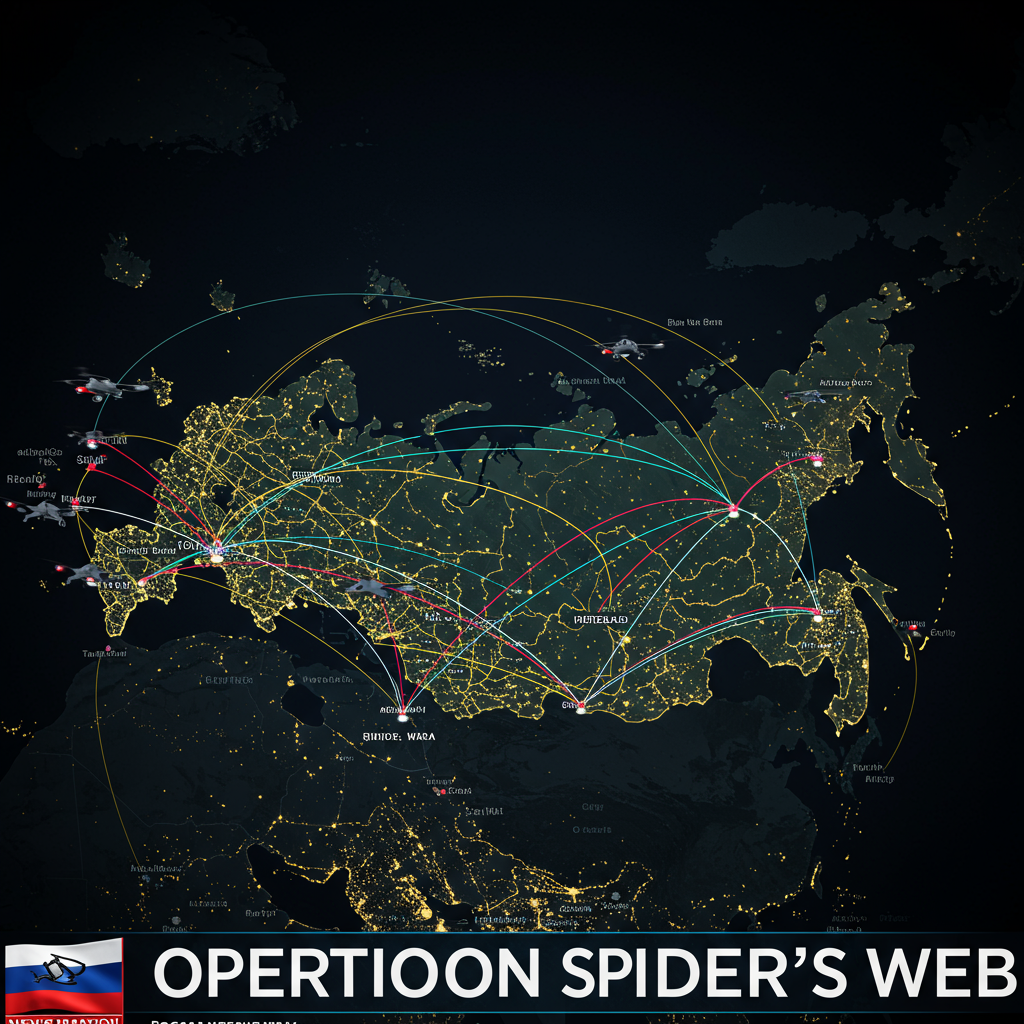Trump Maintains Control of California Guard After Appeals Court Steps In
In a significant development in the legal battle over troop deployment, a federal appeals court has temporarily blocked a judge’s order that would have forced the Trump administration to return control of California’s National Guard troops back to the state. This decision by the 9th U.S. Circuit Court of Appeals allows the federally directed deployment of the Guard in Los Angeles to continue for now, pending a full hearing on the matter.
The appeals court’s move came just hours after U.S. District Judge Charles Breyer ruled that President Trump’s deployment of the troops to Los Angeles, ostensibly to quell protests related to immigration enforcement, was illegal.
Federal Judge Ruled Deployment Unlawful
Judge Breyer’s decision sided with California Governor Gavin Newsom, who had sued the federal government to regain control of the troops. Newsom and other state officials strongly opposed the deployment, viewing the military presence as an unnecessary provocation and potentially escalating tensions.
In his detailed 36-page ruling, Judge Breyer found that President Trump had failed to follow the legal requirements set by Congress for federalizing state National Guard troops. Breyer specifically stated that the situation in Los Angeles did not meet the legal threshold of a “rebellion,” which is one of the limited circumstances under Title 10 of U.S. law allowing a president to call the Guard into federal service without a governor’s consent.
Judge Breyer wrote, “He did not,” in reference to the President following the law. He concluded, “His actions were illegal… He must therefore return control of the California National Guard to the Governor of the State of California forthwith.”
Beyond statutory authority, Judge Breyer also cited the Tenth Amendment and the Constitution’s division of powers between the federal government and states, particularly regarding local policing authority. He pushed back against the administration’s argument that the President’s decision on National Guard activation was not subject to judicial review, stating, “That’s the difference between a constitutional government and King George.”
While Judge Breyer ordered the immediate return of control, he stayed the order until Friday afternoon to give the Trump administration time to appeal, which they did almost immediately after the ruling was issued.
Conflicting Views on Authority and Justification
President Trump had stated he was sending the troops, typically under the governor’s command, to prevent Los Angeles from “burning down” amid protests against his immigration crackdown and to protect Immigration and Customs Enforcement (ICE) agents conducting raids. His administration cited images of burning cars and crowds blocking ICE movements as evidence justifying the “rebellion” claim.
Governor Newsom, however, praised Breyer’s initial ruling as a “test of democracy” that passed, framing it as a crucial pushback against perceived presidential overreach and “authoritarian tendencies.”
The Trump administration strongly criticized Judge Breyer’s ruling, calling it an “unprecedented order” and an “extraordinary intrusion on the President’s constitutional authority as Commander in Chief.” They asserted that the President’s judgment on when to call forth the National Guard to protect federal officers and property was not for governors or federal courts to “second-guess,” citing historical examples where courts did not interfere with presidential use of troops.
In court, Justice Department attorneys argued that Governor Newsom did not need to be consulted when Trump issued his order, asserting, “There is one commander-in-chief of the US armed forces.” Judge Breyer directly countered this, clarifying that the President is not the commander-in-chief of the state National Guard in all situations, though acknowledging specific instances where federalization is permissible.
California’s lawsuit argued that not only did the situation not constitute a “rebellion,” but the administration also failed to comply with statutory requirements for notifying and working through the governor. Their legal challenge noted that while protests occurred, they did not rise to the level seen in past unrest in Los Angeles.
Historical Context and What’s Next
The deployment marked a rare instance – the first in over 60 years – where a president federalized a state’s National Guard against the explicit wishes of its governor. Historically, governors typically activate state troops for emergencies and may then request federal assistance; federalization without state consent is reserved for specific, severe circumstances.
Notably, Judge Breyer’s order only applied to the National Guard troops. The administration had also deployed approximately 700 U.S. Marines to the Los Angeles area. State governors do not have authority over active-duty military branches like the Marine Corps, and their deployment status in the city itself was unclear during the court hearing.
With the appeals court’s temporary stay in place, the control of the National Guard troops remains with the federal government. The appeals court has scheduled a hearing on the matter for Tuesday, which will further explore the complex legal questions surrounding federal versus state authority over the National Guard during domestic unrest.



